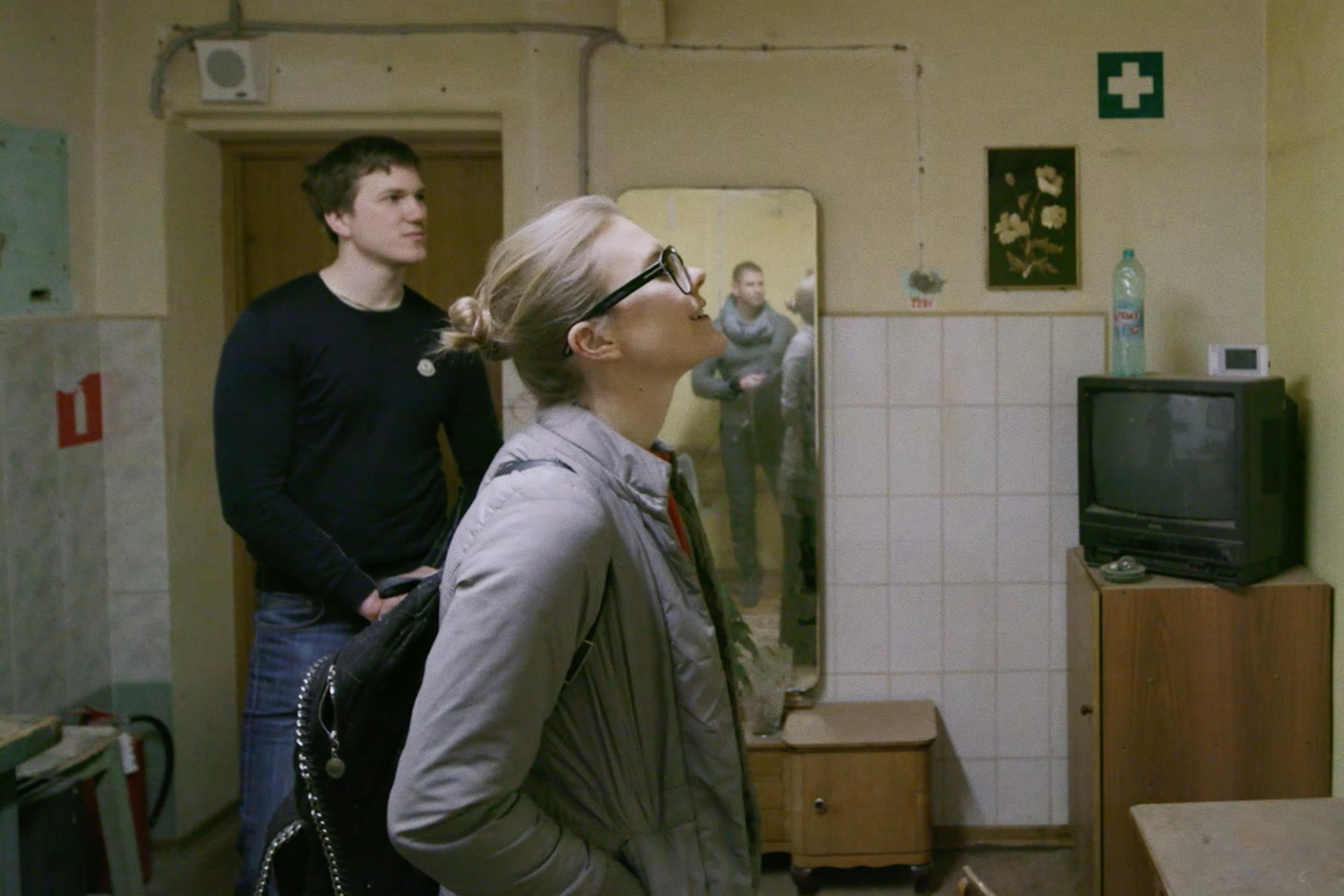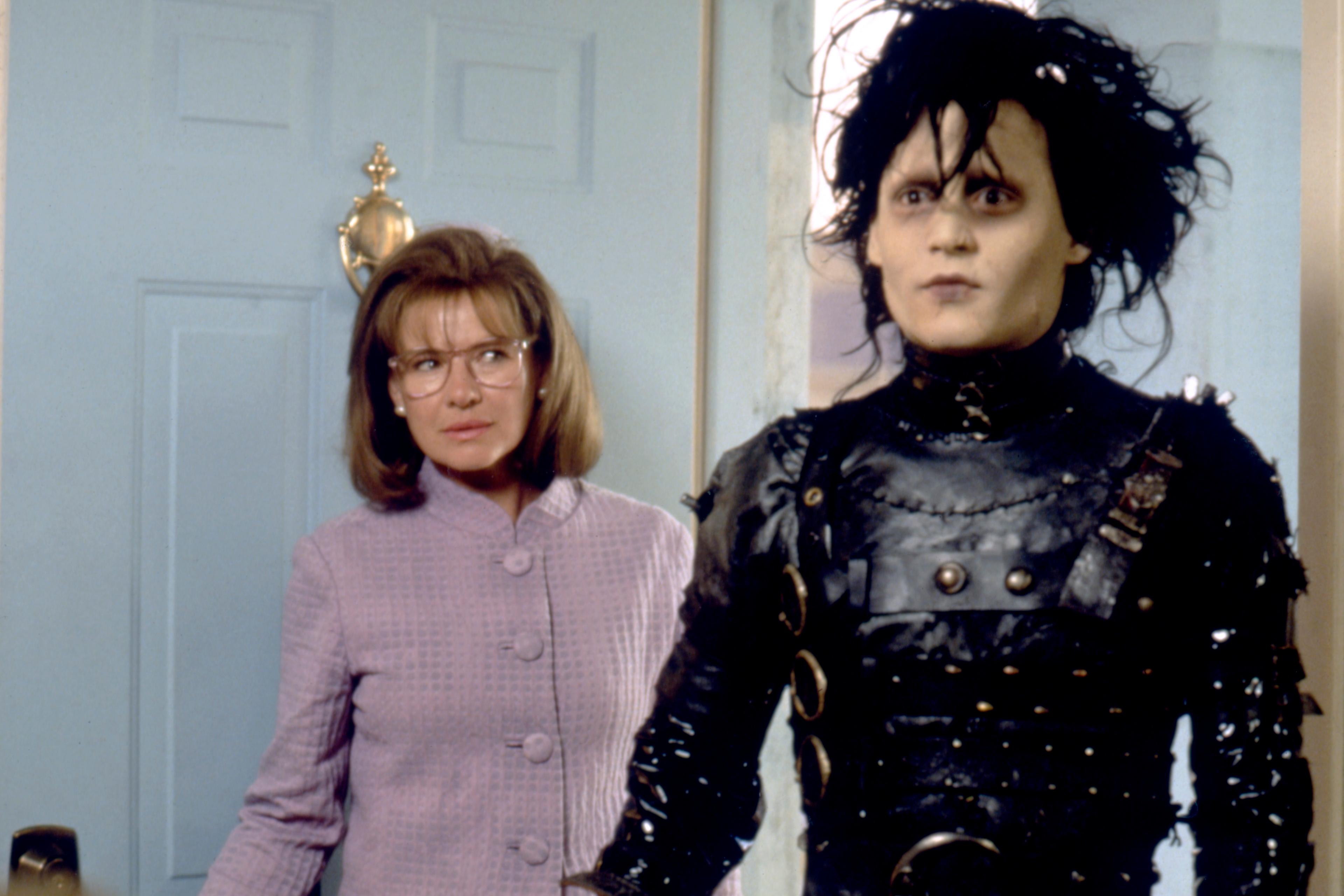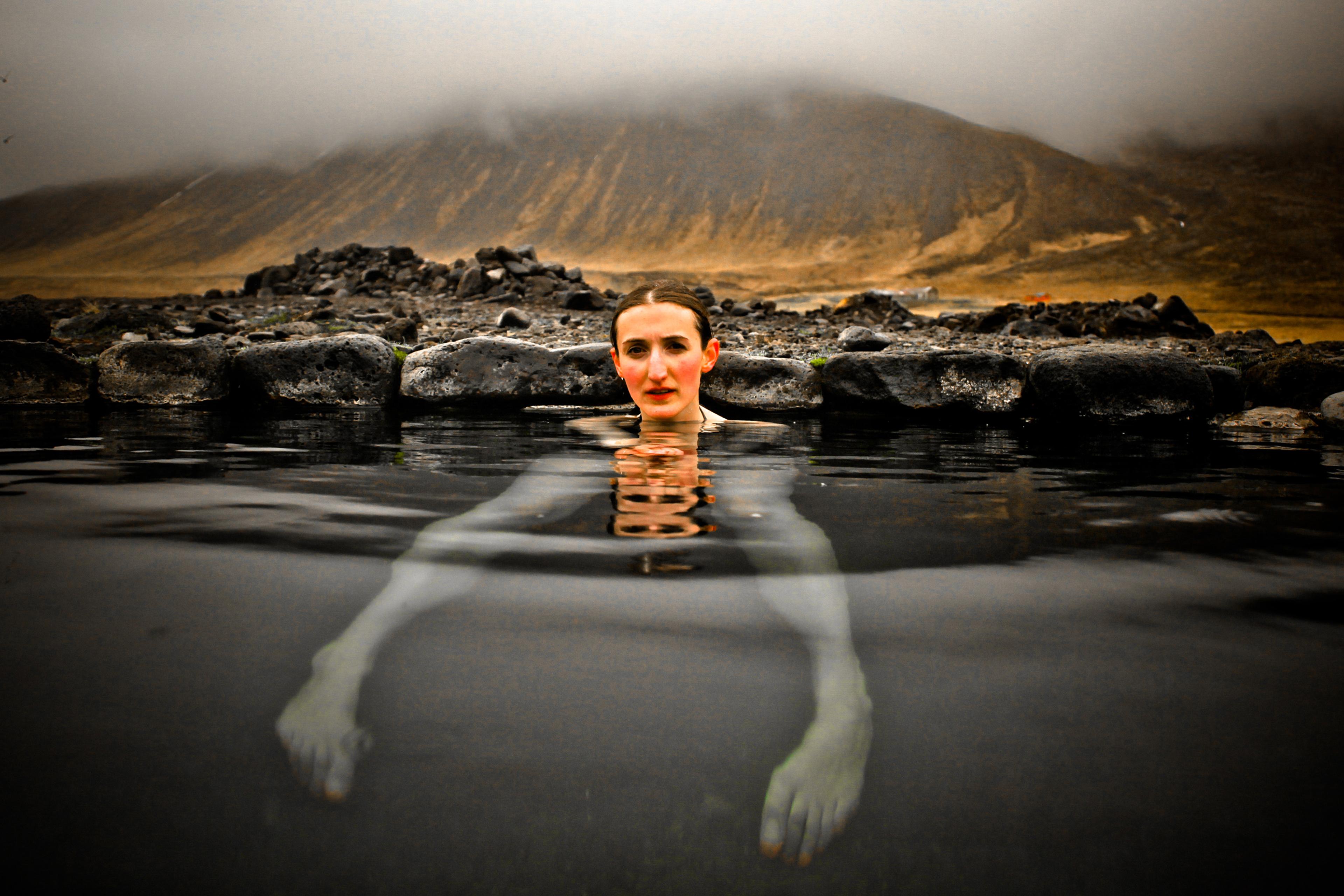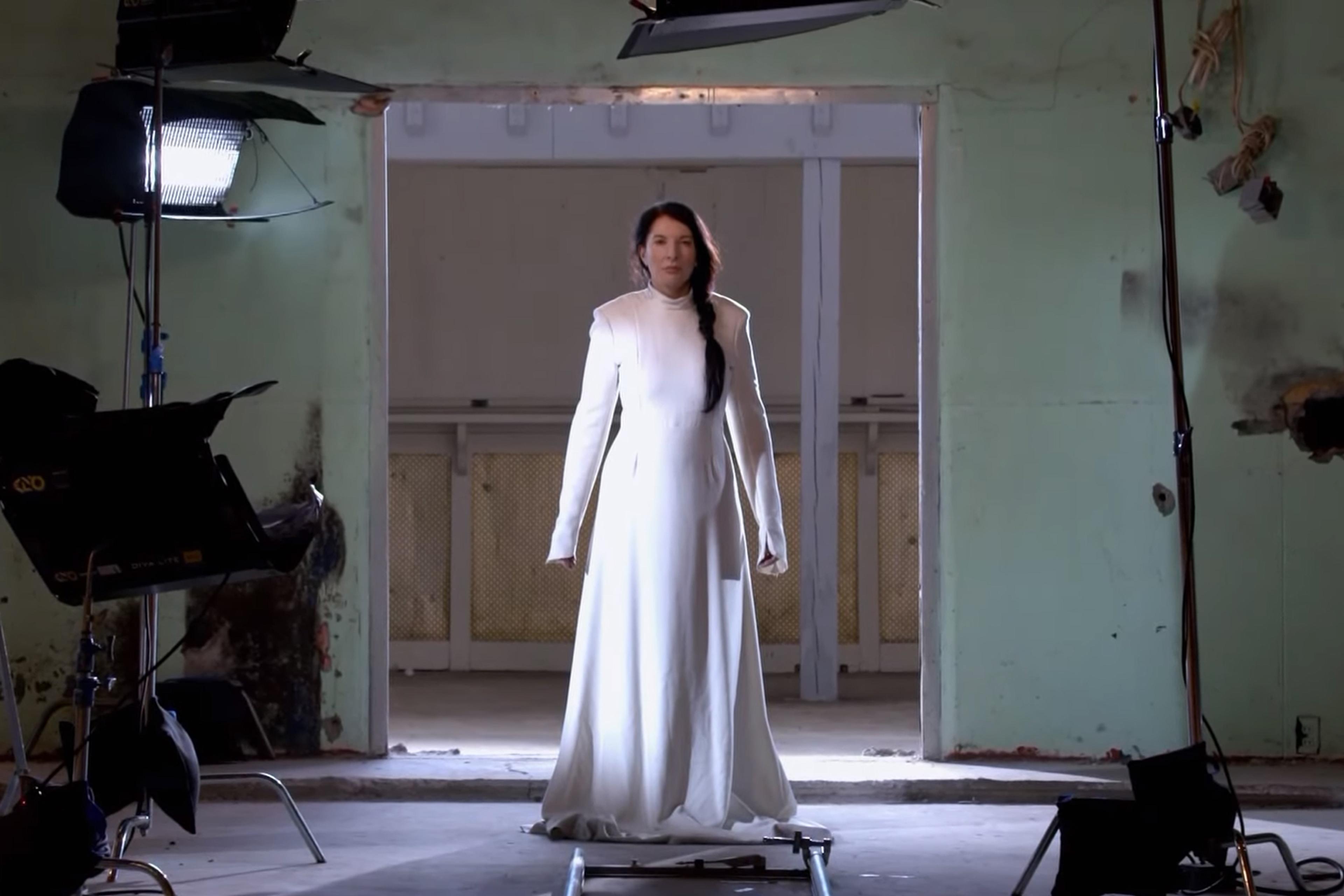The false dichotomy between content and form
The distance between maker and market
Titus Kaphar has reached the pinnacle of the art world. Born in Kalamazoo, Michigan and now based in New Haven, Connecticut, the painter has achieved both critical and commercial success, earning accolades including a prestigious MacArthur Fellowship. Kaphar’s work is on display in some of the world’s most vaunted art institutions, including the Museum of Modern Art and the Metropolitan Museum of Art, both in New York City. Kaphar’s provocative images address struggle, white supremacy and omissions of Black representation at the intersection of art and history. This includes, notably, a loose-hanging portrait of Thomas Jefferson, which reveals a painting of an unclothed Sally Hemings, an enslaved woman owned by Jefferson who bore several of his children, and a Time magazine cover, commissioned in the wake of the George Floyd racial justice protests of 2020, which depicts a Black mother clutching the silhouette of a baby to her chest.
But, as the short documentary Shut Up and Paint (2022) conveys, Kaphar’s lofty achievements have been profoundly complicated for him to process. As a Black artist born to a 15-year-old single mother, Kaphar has always created work that reflects his own struggles, intending to connect with those who’ve shared in them. However, these deeply personal expressions are often characterised as ‘activism’ by those in the art and media worlds. With each mounting success, he seems to find the chasm between his work and where it ends up – as ‘non-fungible tokens for billionaires’, as the philosopher Jason Stanley puts it in one conversation – growing ever wider. And so, over the course of the film, each major career accomplishment Kaphar experiences, including a work selling for more than $1 million, is cause for deeper introspection rather than celebration.
Co-directed by Kaphar and the New York City-based filmmaker Alex Mallis, Shut Up and Paint finds the artist at a crossroads – perhaps even a crisis – of form, intention and meaning. Throughout, a narrative of whether Kaphar will choose to focus on film, which he believes may be more accessible than painting, rises and recedes. In a documentary that explores so many intricate issues, the lack of resolution feels honest, even refreshing. How does success impact an artist? Is the best way to effect change to transform powerful institutions, or build new ones? Does a subversive act lose or gain power when it’s given a mainstream embrace? The filmmakers understand that there are no easy answers to these questions, so the piece unravels as a vast reflection on these topics through conversations, spoken poetry and images. Through this thoughtful and artful construction, the search for the moral path forward – in the art world and well beyond – is portrayed as very much worthwhile, even if there’s no definite endpoint.
Written by Adam D’Arpino







